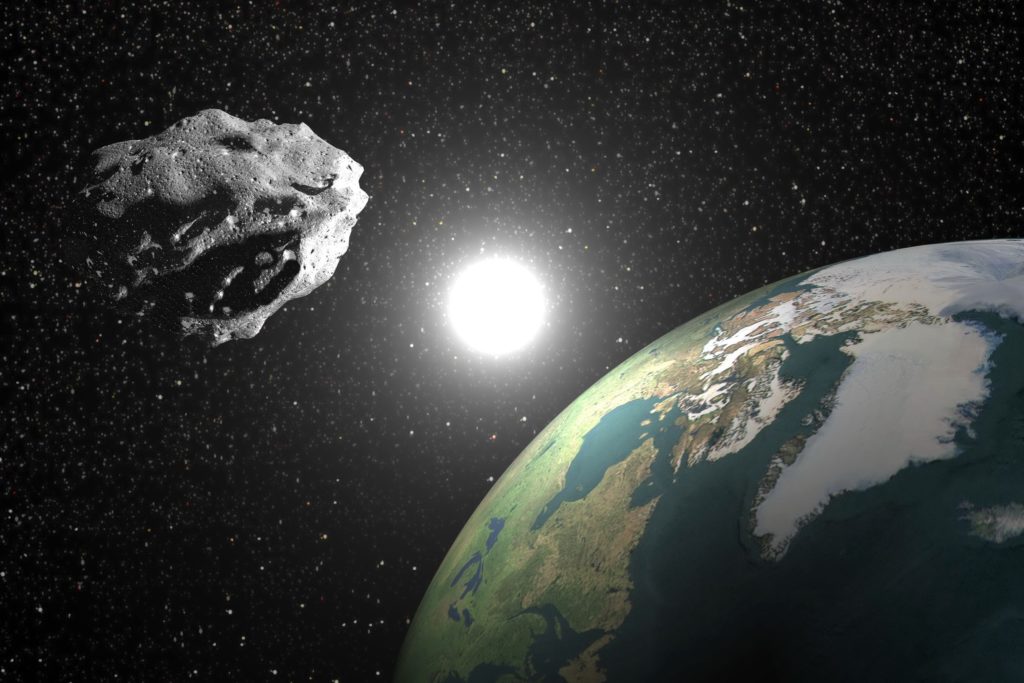Even Astronomers didn’t know till 2 days about this asteroid that flew closer to Earth than the Moon
By Vanshika Thakur

Asteroids come and go but we usually know when they’re going to fly over the planet. Nevertheless, one asteroid came closer to Earth last month on June 5 than even the Moon, and astronomers could not detect it until two days later.
Not only was it the first asteroid to have come within one lunar distance from Earth in 2020 — but it was the first asteroid since 2011 to have gotten this close.
The asteroid named 2020 LD is almost 100 meters in diameter-larger than the Taj Mahal of India.
According to the Near-Earth Object (NEO) Coordination Center of the European Space Agency (ESA), it is only 0.8 lunar distances away when it made its close approach on June 5 which means if the Moon is 384,317 kilometers from Earth, the asteroid as it passed by was 307,454 kilometers from the earth.
Asteroids to fly past Earth within 1 LD in 2020:
Asteroid Date of Approach Lunar Distance (LD) from Earth Diameter (m)
2020 LD June 5 0.80 89 – 200
2020 KC5 May 29 0.97 9.1 – 20
2020 KJ4 May 28 0.37 2.8 – 6.2
2020 KF5 May 28 0.64 3.5 – 7.8
2020 JN May 5 0.65 9 – 20
So far this year, there are 45 asteroids to travel past the Earth undetected, but by far the biggest one was 2020 LD. In fact, in documented history, it is the 9th biggest asteroid ever to fly past the Earth.
If it had reached Earth, the entire world might not have been annihilated, but it would surely have meant destruction for a city-sized town. The Chelyabinsk accident in Russia in 2013 was triggered by an asteroid of just 20 meters and it devastated 500 square kilometers when 40 Hiroshima nuclear bombs exploded.
2020 LD would have been able to cause five times the amount of damage — assuming it exploded, like the Chelyabinsk asteroid, before it actually hit the ground. Otherwise, the outcome would have been much worse, similar to the case in Tunguska where 2,000 square kilometers of forest were flattened.
